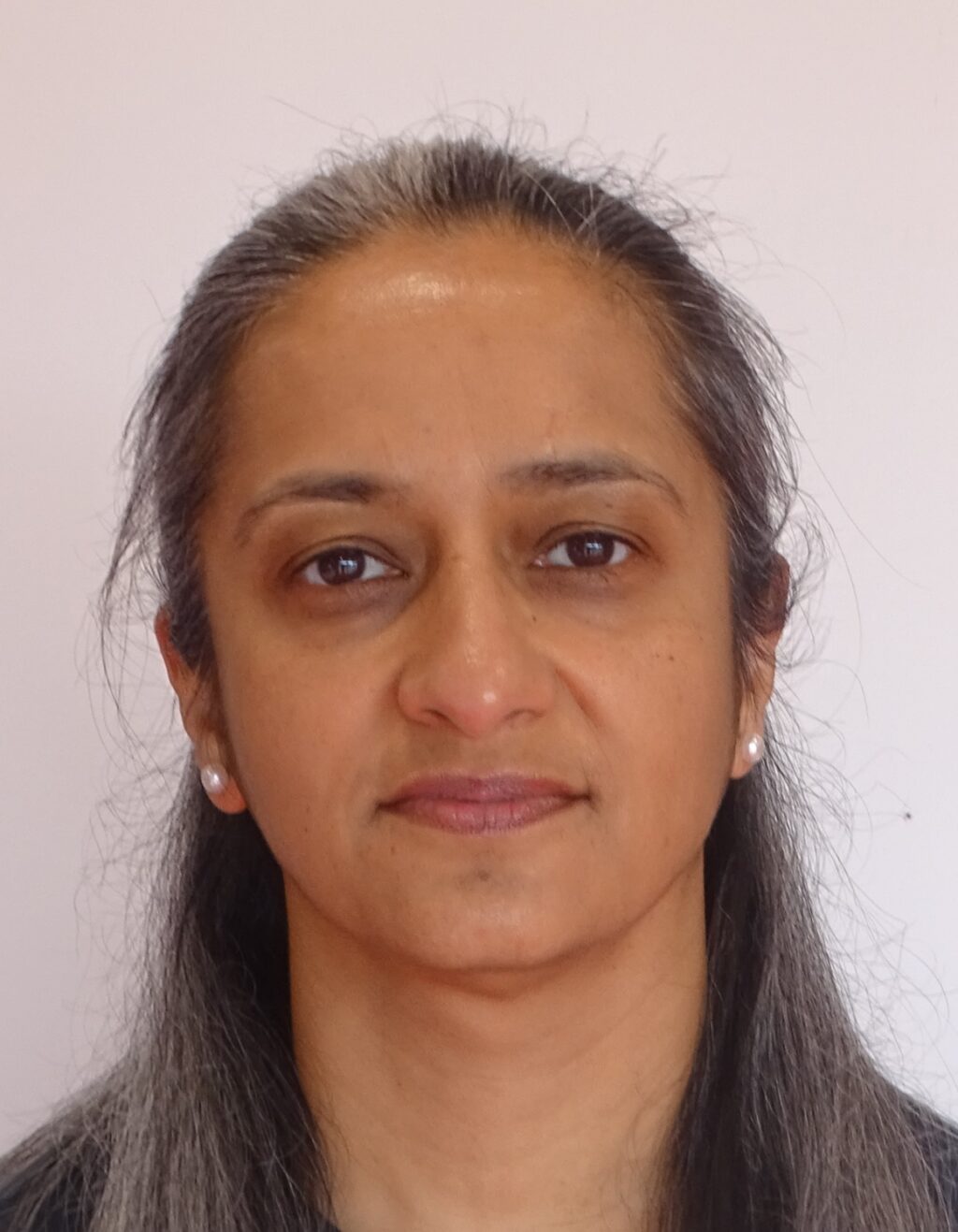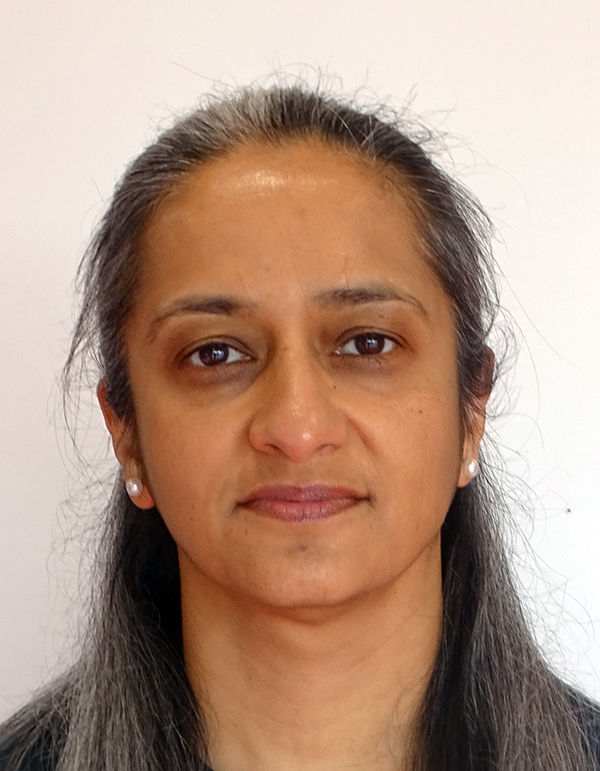Daljeet Dagon says vital intervention is needed for a problem that is on the rise
While the summer holidays are a time of joy for thousands of children across the country, for many, the opposite is the case. The holidays relished by so many can trap some children in harmful situations with no-one to turn to. With the cost-of-living crisis continuing to push families into poverty, at Barnardo’s Scotland we fear that even more children will be vulnerable to sexual and criminal exploitation.
Freedom of Information data from police forces published by our colleagues at Barnardo’s UK reveals that during months when there are school holidays of two weeks or longer, there are dips in the monthly average police records of child sexual exploitation. This then increases again during term time. Records dip by over one fifth during school holiday periods, then increase by one fifth when term time resumes.
This echoes our interpretation of the situation. Barnardo’s Scotland knows from its frontline work with children who have been exploited that this abuse doesn’t stop when schools are closed. A practitioner at one of our Child Sexual Exploitation services has revealed how multi-agency strategy meetings – which are used to flag child protection concerns and share intelligence – often cease to take place during the summer school holidays.
This is often because education is not represented, meaning that crucial information-sharing is missed because the intelligence is not there from schools. However, even in those areas where designated services do operate, the instances of child sexual, criminal or combined exploitation have soared. Barnardo’s Scotland participates in multiple operational groups that specifically consider concerns regarding children being sexually and criminally exploited as well as the people, associations and places and spaces that may cause harm.
Police Scotland data from Highland’s Vulnerable Persons Database – identifying child sexual exploitation concerns from 2015 to 2019 – reported an increase of 319 per cent. And since October 2021, more than 85 young people under the age of 18 have been identified as subjects of risk and exploitation and discussed at fortnightly multi-agency child exploitation assessment group meetings. In another West of Scotland local authority, we have discussed concerns related to 145 individual children aged between 11 and 17 years of age, since 2013.
When children are out of school during holidays, they can be ‘invisible’ to professionals and services, particularly when they are not in contact with trusted adults such as youth workers or other professionals through outreach work and holiday activities. Children who have experienced this type of horrific abuse will feel its impact long into adulthood.

The damage sexual and criminal exploitation does is immense and has a ripple effect across society. It also has a significant impact on our children and young people’s mental health with a loss of identity and self-esteem; lack of positive coping strategies; guilt and shame; and bereavement and loss of peers. The trauma caused and the reparation work required to cope with the aftermath of this exploitation cannot be underestimated.
Specialist support is crucial to help them recover from this kind of trauma and rebuild their lives.
The key to our practice is disruption – we need to disrupt adults and older peers external to the family who may have been integral to the child’s exploitation.
We need to safeguard and protect individual children who may be at risk or are already experiencing exploitation. It is essential that as practitioners, we are equipped to work at all stages of a child’s risk as the true extent of risk is often unknown at the point of referral or can escalate quickly.
Working collaboratively is key – we cannot protect children alone and close multi-agency working and child protection strategies will be essential.
Our fears are echoed by parents. In separate polling, we found that 82 per cent of parents believe child victims of exploitation should have a right to access support to help them recover. But, right now, too many children are left without the help that they desperately need.
All of this has led us to call on the Scottish Government to invest in research on the scale nature and extent of child sexual exploitation and child criminal exploitation. We urge them to provide enhanced training and support, pre- and post-qualification, for all professionals engaged in directly working with children, so that they have the knowledge and confidence that they need to better protect children by identifying signs of and responding to child sexual abuse, exploitation and child criminal exploitation.
Finally, the Scottish Government should set up a National Working Group and publish an updated National Action Plan to tackle the exploitation of children and young people in Scotland, including child sexual exploitation and child criminal exploitation. Local and national strategies must ensure a focus on disruption in the locations of concern as well as the people who abuse and exploit, with all agencies and services collaborating in order to tackle contextual risks.
Daljeet Dagon is programme manager at Barnardo's Scotland







